#Abarth 1300OT Periscopica Coupé
Photo

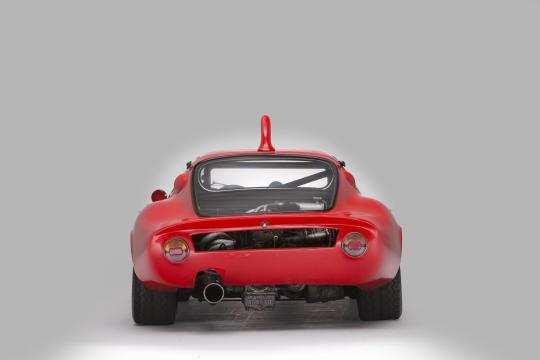


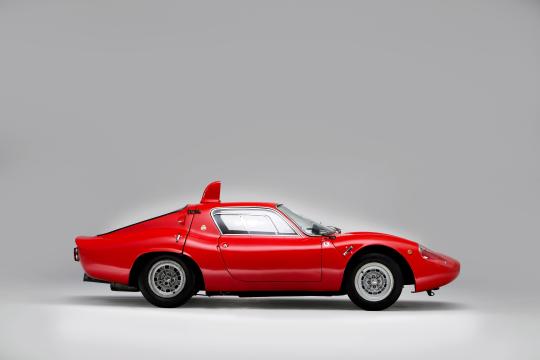


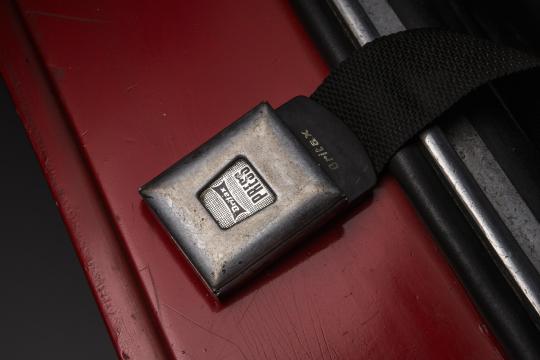
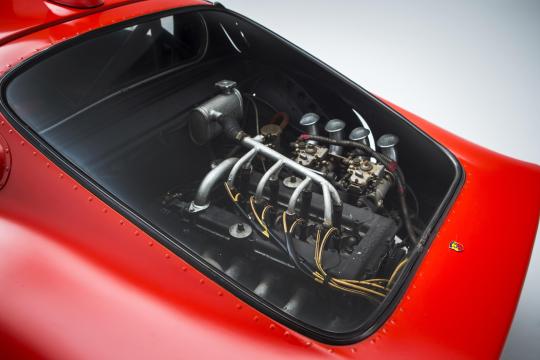
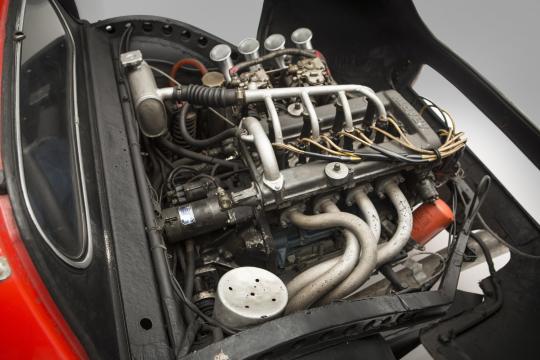
Abarth 1300OT Periscopica Coupé
In 1958, the American Chrysler Corporation pursued an entry into the European motor manufacturing market by buying 15 per cent of the French Simca company's stock from Ford. At that time, however, the dominant shareholder remained Fiat of Turin, and their influence remained distinctively apparent in the engineering and design of Simca cars for several years into the early 1960s. However, in 1963 Chrysler increased its Simca stake to a controlling 64 per cent by purchasing stock from Fiat, subsequently extending that holding to 77 per cent.
Chrysler had no interest in any continuation of the previously successful Simca Abarth and Abarth Simca high-performance car collaboration, which came to a juddering halt. In Turin Carlo Abarth found himself left more or less high and dry, but the supply of basically Simca 1000 chassis floor pans, upon which the sleek and superfast Abarth Simca 1600s and 2000s had been based, left quite a number in stock, as yet unused.
The popular legend is that it was upon these unused Simca platforms that Abarth then founded his 1300cc class Gran Turismo design for 1965 – the OT 1300. Abarth's technical team under Mario Colucci had developed a boxed pressed-steel chassis structure on the modified Simca 1000 floor pan to which allindependent suspension was attached with componentry drawn from the Fiat 850 shelves. The Abarth OT 1300 then emerged, to race for the first time as a prototype in the September, 1965, Nurburgring 500-Kilometre classic.
Driver Klaus Steinmetz hammered the new Coupé home to a fine third-place finish overall and the OT 1300 was up and running into the record books, becoming one of the most successful – and also one of the most distinctive – models that Abarth & C ever produced. The OT 1300's rear-mounted all-Abarth engine was overhung – in best Carlo Abarth-approved style. It was a 4-cylinder unit with twin overhead camshaft cylinder head, using a block with cylinder bore and stroke dimensions of 86mm x 55.5mm to displace 1289cc.
With two valves per cylinder and a 10.5:1 compression ratio, the engine breathed through two twin-choke Weber 45DCOE9 carburettors. Ignition was by two plugs per cylinder, fired by single distributor. Dry-sump lubrication was adopted and the power unit produced a reliable 147bhp at 8,800rpm. This lusty engine, perfected by Abarth's power-unit specialist Luciano Fochi with five main-bearing crankshaft, drove via a five-speed and reverse Abarth transaxle.
Wheelbase length of the OT 1300 was nominally 2015mm, front track 1296mm and rear track 1340mm. It featured moulded glassfibre clamshell-style opening front and rear body sections moulded by Sibona & Basano in Turin, and this pert-nosed Coupé became a familiar sight dominating its class for three consecutive years. Production of the OT 1300 began on May 15 1966 and ended on March 30, 1966, by which time the minimum production number of 50 required by the FIA for homologation as a Gran Turismo model had (allegedly) been achieved.
The most distinctive single characteristic of the OT 1300 Coupé, apart from its huge International success within its class, was its adoption of the Periscopica air-cooling intake on the rear of the cabin roof. Casual onlookers would assume that the periscopelike intake fed intake air into the rear-mounted engine, but this is absolutely not the case. Instead, the water and oil-cooling pipe runs through the cockpit area heated-up the cabin to what was generally considered to be an unacceptable level for endurance racing, and the periscope intake merely blasted cold air down into the cabin to cool the driver himself...
From the OT 1300 Mario Colucci developed the OT 2000 Coupé using the 1946cc 4-cylinder power unit perfected by his colleague Luciano Fochi and with some 215bhp at 7,600rpm that largerengined model was capable of exceeding 165mph in a straight line. In fact all these Abarths with their sleek aerodynamic bodies and light weight really were exceedingly rapid by the standards of the time and within their respective capacity classes.
97 notes
·
View notes